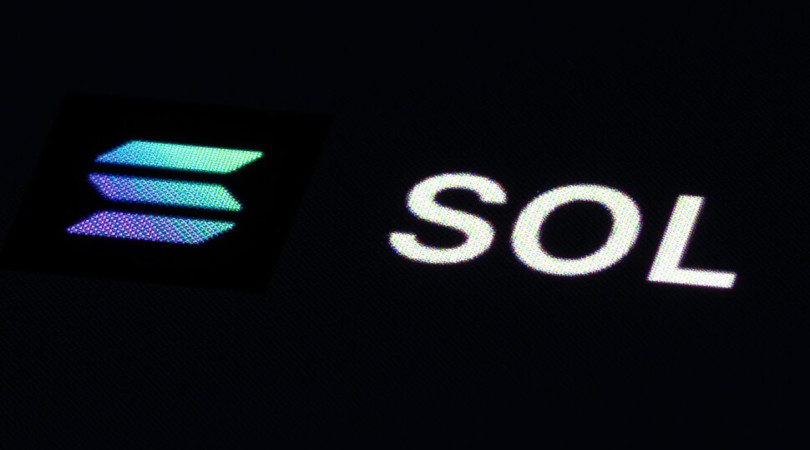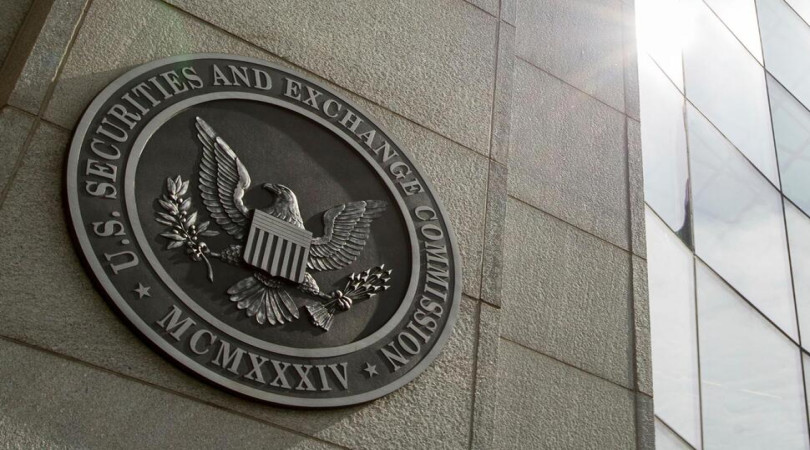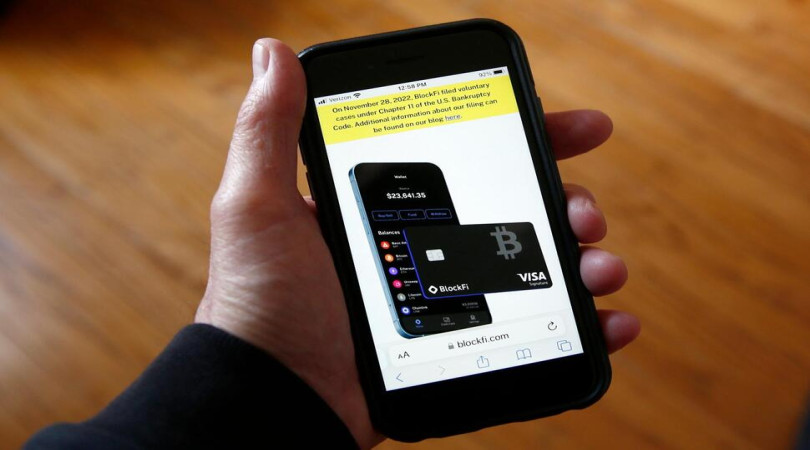Cryptocurrency Solana (SOL) has been a top performer in the past year, rising through the ranks of altcoins to become the fourth most valuable cryptocurrency in the world. Solana is now valued at about $64 billion, and its growing community of investors are excited about how Solana's technology compares to market leaders Bitcoin (BTC) and Ethereum (ETH).
Investors must remember that the crypto market is highly competitive, however, and Solana's extreme volatility suggests it is still a high-risk, speculative investment at this point. For investors willing to take on the risk, here are three pros and three cons to buying Solana;
Pro: Speed and Fees
Perhaps the biggest selling point of Solana is the crypto's transaction speed. Solana may be the best potential "Ethereum killer" among altcoins, largely because of its speed. Solana can support more than 2,600 transactions per second compared to only about 15 transactions for Ethereum. Solana's proof-of-history (PoH) and proof-of-stake (PoS) models verify transactions based on coin ownership. This ease of verification also helps Solana have lower fees than Ethereum. It also makes Solana less energy intensive and more environmentally friendly than proof-of-work (PoW) blockchains like Bitcoin. Solana reportedly has fees of less than 2 cents per transaction.
Con: Stability
Unfortunately, because Solana has a smaller community of users and a shorter track record than Ethereum, investors may not be able to rely as much on the network's stability. Since early 2022, Solana has struggled with several major network outages. In February 2023, the Solana network was down for nearly 20 straight hours. As recently as February 2024, the Solana network was down for five hours. Solana engineers quickly identified and fixed the latest problem. However, reliability is key for cryptocurrency investors, and Solana's prioritization of high speed and low fees will continue to put pressure on its network infrastructure.
Pro: NFTs and Smart Contracts
Ethereum was the first cryptocurrency to introduce smart contracts – code that allows blockchain platforms to run decentralized applications (dApps). However, the popularity of smart contracts and dApps has led to congestion on the Ethereum network, opening the door for faster alternatives. Solana is also rapidly gaining market share in the high-growth non-fungible token (NFT) world. Solana NFT enthusiasts enjoy faster transaction speeds and lower fees than they get on the Ethereum network. In total, Solana is home to 260 dApps. Booming demand for smart contracts and NFTs could open the door for both Ethereum and Solana to succeed in the long term.
Con: Fewer Projects
Ethereum's first-mover advantage means the network currently has far more projects than Solana. There are currently 4,571 Ethereum dApps, according to DappRadar. Solana has only 260 total dApps on its network. These projects include decentralized finance (DeFi) applications, NFT projects and gaming apps. The more word of Solana's speed and low fee structure spreads, the more new projects may choose Solana over Ethereum. It remains to be seen just how valuable Ethereum's first-mover advantage is, how much Solana's reliability issues are keeping developers away and whether or not Solana can truly compete with Ethereum.
Pro: Environmental Impact
One of the biggest criticisms of Bitcoin as next-generation technology is its negative environmental impact. Large-scale U.S. Bitcoin miners alone produce as much carbon pollution as 3.5 million gasoline-powered cars. Fortunately, Solana's PoS and PoH verification process is far less energy-intensive, potentially making the crypto a greener alternative to Bitcoin. Even the Ethereum community recognized the scalability issues with a PoW model and converted the network to a PoS consensus mechanism in 2022. Solana's energy consumption is reportedly only 658 joules per transaction, meaning each Solana transaction consumes less energy than a Google search.
Con: Inflation
One of the biggest reasons investors have flocked to cryptocurrencies is to seek refuge from inflation. Many cryptocurrencies have hard caps on the total number of coins that will ever exist. Bitcoin, for example, is limited to 21 million coins, and the final Bitcoin is expected to be mined in 2140. Solana, on the other hand, does not have a fixed number of coins. Solana started out increasing its supply by 8% annually. That inflation rate declines by 15% annually until it reaches 1.5%, where it will remain indefinitely. Unfortunately, crypto investors seeking zero inflation should look elsewhere.






